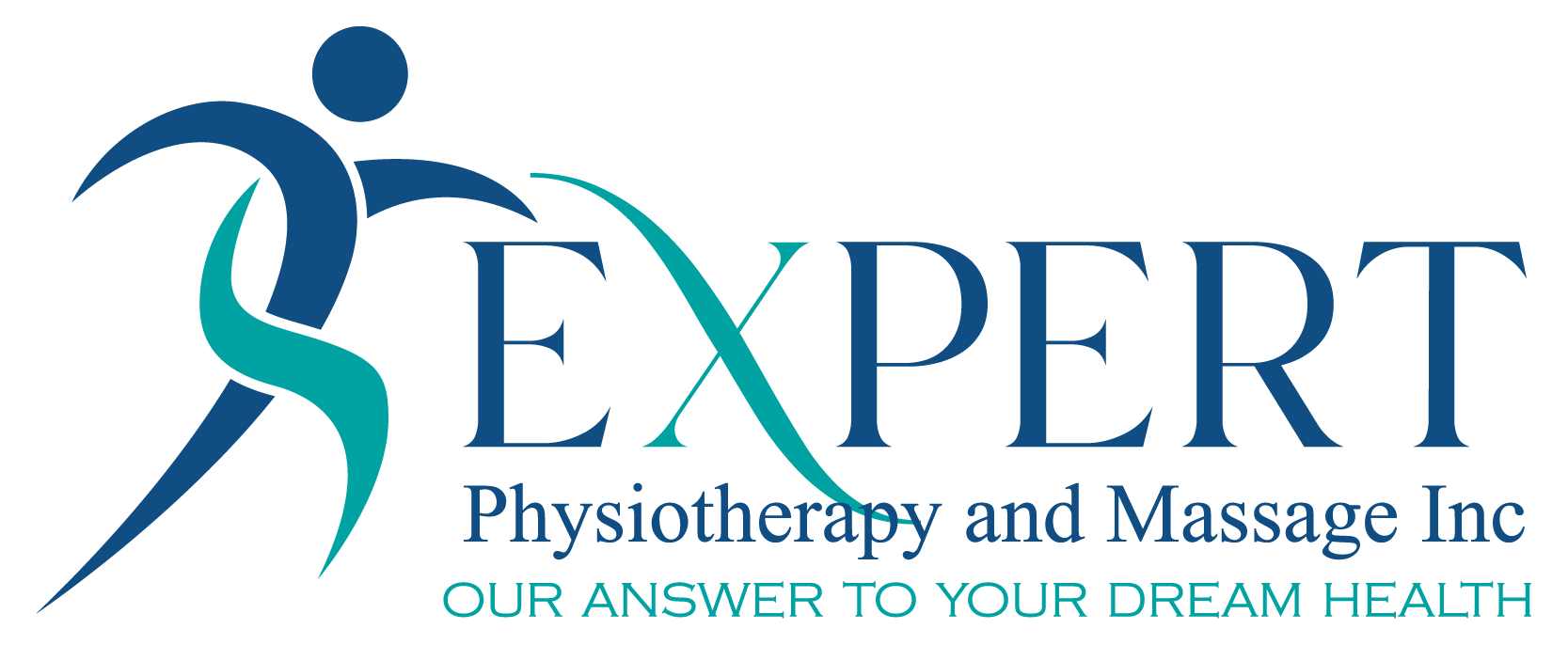Shoulder pain can be debilitating, especially when it stems from rotator cuff injuries. The rotator cuff, a group of four muscles and tendons that stabilize the shoulder joint, is essential for nearly every arm movement. Whether you’re an athlete, a desk worker, or someone who engages in daily chores, a healthy rotator cuff is key to maintaining optimal shoulder function. In this blog, we’ll explore rotator cuff injuries, their causes, symptoms, and the path to effective rehabilitation.
Understanding Rotator Cuff Injuries
Rotator cuff injuries can range from mild inflammation to complete tears. The most common types of injuries include:
- Tendonitis: Inflammation of the tendons caused by repetitive overhead motions or prolonged strain.
- Bursitis: Inflammation of the bursa (a fluid-filled sac) that cushions the tendons.
- Tears: Partial or complete tearing of the rotator cuff tendons, often resulting from acute trauma or long-term wear and tear.
Causes of Rotator Cuff Injuries
- Overuse: Repeated overhead activities such as throwing, swimming, or painting.
- Age: Degeneration of the tendons over time, common in individuals over 40.
- Trauma: Sudden injuries like falls or accidents.
- Poor Posture: Misalignment of the shoulder and upper back can increase strain on the rotator cuff.
Symptoms to Watch For
- Persistent shoulder pain, especially during overhead movements or at night
- Weakness in the arm
- Limited range of motion
- Popping or clicking sensations during movement
The Road to Recovery: Shoulder Rehabilitation
Rotator cuff injuries require a tailored approach to recovery, often involving a combination of physiotherapy, massage, and lifestyle adjustments. Here are key elements of an effective rehabilitation plan:
- Pain Management
- Rest and avoid activities that aggravate the pain.
- Apply ice to reduce inflammation.
- Over-the-counter anti-inflammatory medications may help, but consult a healthcare professional.
- Physiotherapy Physiotherapy is the cornerstone of recovery. A skilled physiotherapist can design a program that includes:
- Stretching: Gentle stretches to improve flexibility and prevent stiffness.
- Strengthening Exercises: Targeted exercises to rebuild muscle strength and support the shoulder joint.
- Postural Training: Correcting posture to reduce strain on the shoulder.
- Massage Therapy Massage therapy complements physiotherapy by:
- Relieving muscle tension
- Improving blood circulation to promote healing
- Reducing scar tissue formation
- Advanced Techniques
- Dry Needling or Acupuncture: Can help reduce pain and release tight muscles.
- Ultrasound Therapy: Stimulates tissue repair and reduces inflammation.
- Home Care
- Perform prescribed exercises consistently.
- Use ergonomic tools and maintain proper posture during daily activities.
- Avoid heavy lifting or repetitive overhead motions until fully recovered.
Prevention Tips
Preventing rotator cuff injuries is possible with the right strategies:
- Warm up before physical activities.
- Strengthen the shoulder muscles with regular resistance training.
- Maintain good posture during work and leisure activities.
- Listen to your body and rest when needed.
When to Seek Professional Help
If you experience severe pain, significant weakness, or difficulty performing daily activities, consult a physiotherapist or healthcare provider. Early intervention can prevent the injury from worsening and reduce recovery time.
Conclusion
Rotator cuff injuries can be challenging, but with expert physiotherapy, massage therapy, and a proactive approach to rehabilitation, you can regain strength and mobility. At Expert physiotherapy and massage ,we specialize in tailored treatment plans to help you recover and prevent future injuries. Contact us today to take the first step toward a pain-free shoulder!


